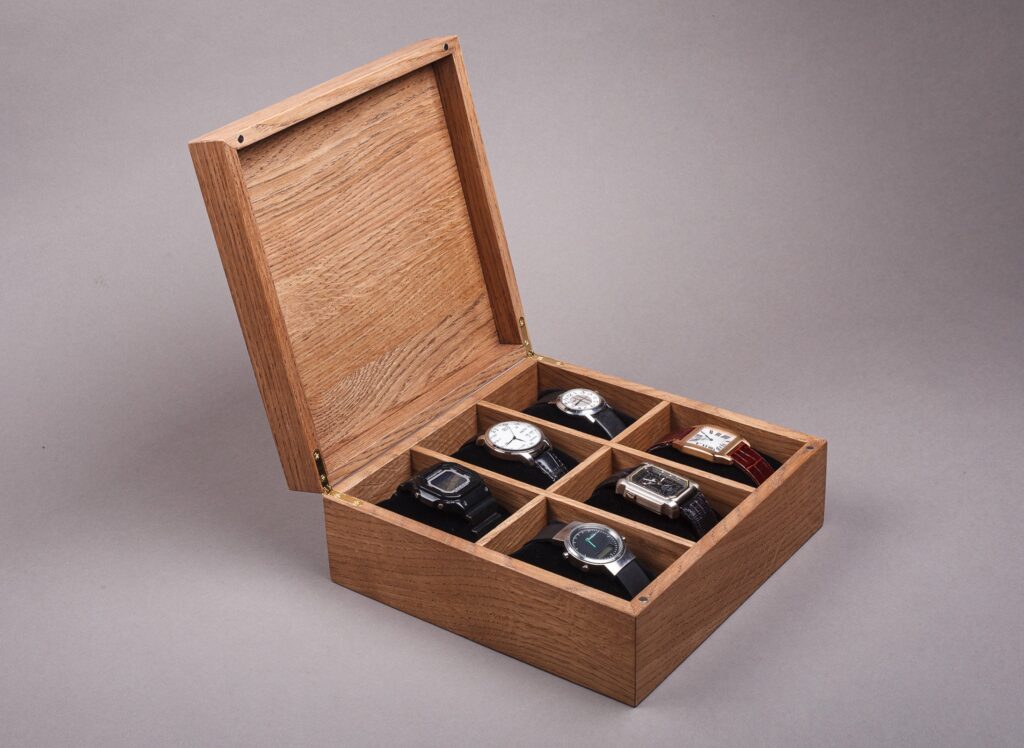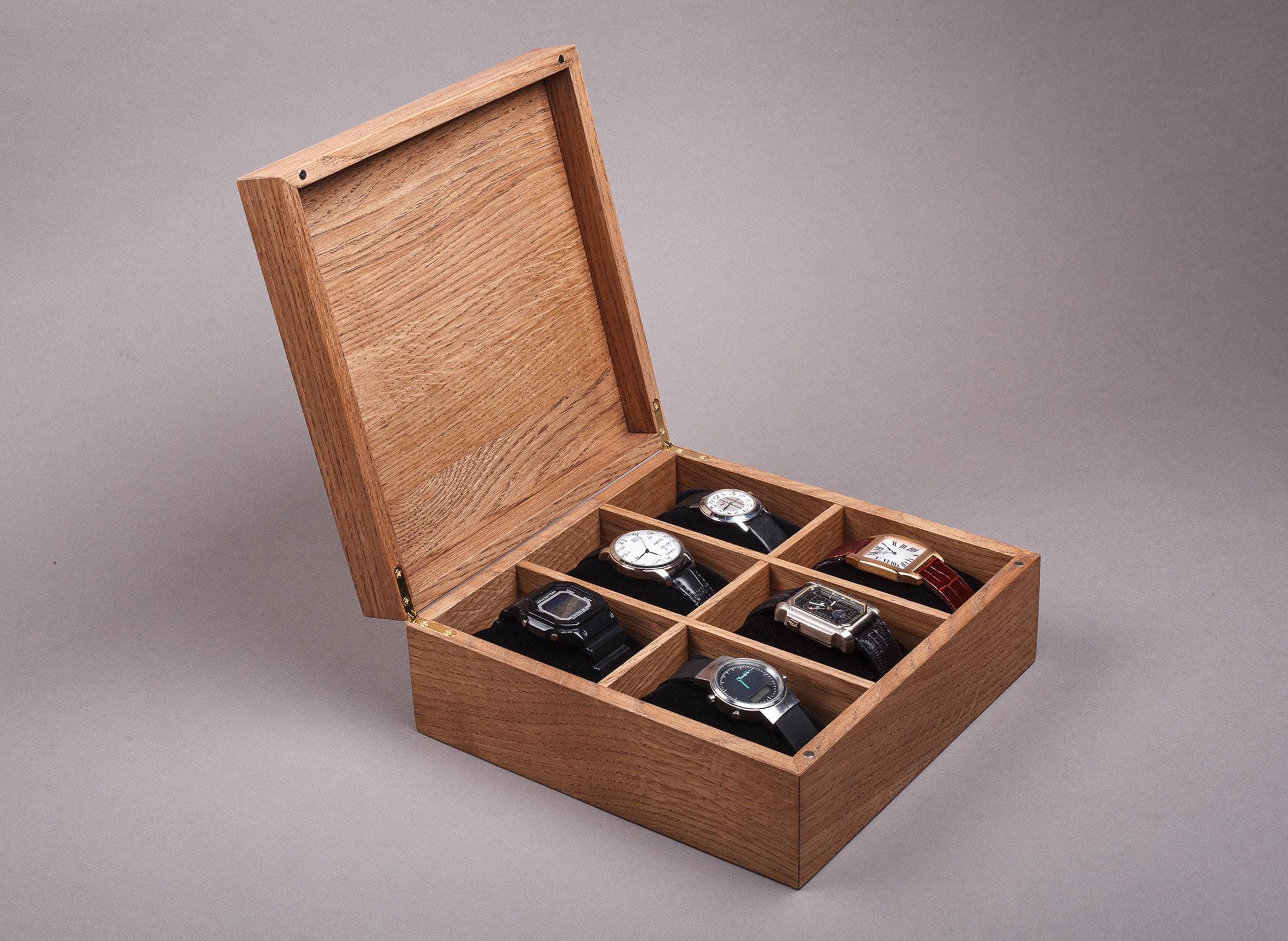
Timeless Elegance: Exploring the World of Wood Watches
In a world dominated by stainless steel and digital displays, the wood watch stands out as a testament to natural beauty and sustainable craftsmanship. More than just a timepiece, a wood watch is a statement – a conscious choice that reflects an appreciation for nature, artistry, and individuality. This article delves into the captivating world of wood watches, exploring their history, benefits, craftsmanship, and the reasons why they’re gaining popularity among discerning consumers.
A Brief History of Wood Watches
While the modern resurgence of wood watches is relatively recent, the concept of using wood in timekeeping dates back centuries. Early clockmakers often incorporated wooden components into their creations, particularly in areas where metal was scarce or difficult to work with. However, mass production of metal watches in the 20th century largely eclipsed the use of wood in watchmaking.
The modern wood watch movement began to gain traction in the early 21st century, driven by a growing awareness of environmental issues and a desire for unique, handcrafted products. Pioneers in the industry began experimenting with different types of wood, refining construction techniques, and developing designs that showcased the natural beauty of the material.
The Allure of Wood Watches: Why Choose Wood?
Several factors contribute to the increasing popularity of wood watches:
- Sustainability: Many wood watch manufacturers prioritize sustainability by using responsibly sourced wood from certified forests. This ensures that the wood is harvested in a way that minimizes environmental impact and supports forest regeneration.
- Unique Aesthetics: No two pieces of wood are exactly alike, meaning that each wood watch possesses its own unique grain patterns, colors, and textures. This inherent individuality is a major draw for those seeking a timepiece that stands out from the crowd.
- Lightweight Comfort: Compared to metal watches, wood watches are often significantly lighter, making them more comfortable to wear for extended periods. This is particularly appealing for individuals who find metal watches to be cumbersome or irritating.
- Hypoallergenic Properties: Certain types of wood, such as sandalwood and bamboo, are naturally hypoallergenic, making them a suitable option for individuals with sensitive skin or metal allergies.
- Eco-Friendly: Wood watches are often finished with natural oils and waxes, minimizing the use of synthetic chemicals and further enhancing their eco-friendly appeal.
Craftsmanship and Materials: The Art of Making a Wood Watch
The creation of a wood watch is a meticulous process that requires skilled craftsmanship and attention to detail. The process typically involves the following steps:
- Wood Selection: The choice of wood is crucial, as different species offer varying levels of durability, aesthetics, and workability. Popular choices include sandalwood, maple, ebony, bamboo, and zebrawood.
- Cutting and Shaping: The wood is carefully cut and shaped to form the various components of the watch, including the case, band, and dial. Precision is essential to ensure a proper fit and smooth finish.
- Sanding and Polishing: The wooden components are meticulously sanded and polished to bring out the natural beauty of the wood and create a smooth, tactile surface.
- Assembly: The wooden components are assembled with the watch movement, crystal, and other hardware. The movement, which is the heart of the watch, is typically a quartz or automatic movement sourced from reputable manufacturers.
- Finishing: The wood watch is finished with a protective coating of natural oils or waxes to enhance its durability and water resistance.
Choosing the Right Wood Watch: Factors to Consider
With a wide variety of wood watches available on the market, it’s important to consider several factors when making your selection:
- Wood Type: Research the different types of wood used in wood watches and choose one that aligns with your aesthetic preferences and desired level of durability. Some woods are harder and more resistant to scratches, while others offer unique grain patterns or colors.
- Movement Type: Decide whether you prefer a quartz movement (battery-powered) or an automatic movement (self-winding). Quartz movements are generally more accurate and require less maintenance, while automatic movements offer a more traditional and sophisticated timekeeping experience.
- Design and Style: Consider the overall design and style of the wood watch. Do you prefer a minimalist design or a more elaborate one? Do you want a watch with a wooden dial or a more traditional dial with markers and hands?
- Size and Fit: Ensure that the wood watch is the right size for your wrist and that the band is comfortable to wear. Many wood watch bands can be adjusted by removing links or adding extra links.
- Sustainability Practices: Look for wood watch manufacturers that prioritize sustainability by using responsibly sourced wood and eco-friendly finishing materials.
- Water Resistance: While most wood watches are not designed for swimming or diving, they should offer some level of water resistance to protect against splashes and rain. Check the water resistance rating of the watch before making your purchase.
Caring for Your Wood Watch
To ensure that your wood watch lasts for years to come, it’s important to follow these care tips:
- Avoid Extreme Temperatures and Humidity: Prolonged exposure to extreme temperatures or humidity can damage the wood. Store your wood watch in a cool, dry place when not in use.
- Protect from Water: While most wood watches offer some level of water resistance, it’s best to avoid exposing them to excessive water. Remove your wood watch before showering, swimming, or participating in water sports.
- Clean Regularly: Clean your wood watch regularly with a soft, dry cloth to remove dirt and debris. Avoid using harsh chemicals or abrasive cleaners.
- Oil the Wood Periodically: To maintain the natural beauty of the wood and prevent it from drying out, apply a small amount of natural oil (such as beeswax or mineral oil) to the wood every few months.
- Avoid Impacts and Scratches: Wood is a relatively soft material, so it’s important to protect your wood watch from impacts and scratches. Avoid wearing your wood watch during activities that could potentially damage it.
The Future of Wood Watches
The wood watch market is poised for continued growth as consumers increasingly seek out sustainable, unique, and handcrafted products. Innovations in materials and manufacturing techniques are further enhancing the durability, aesthetics, and functionality of wood watches. As awareness of environmental issues continues to grow, the appeal of wood watches as a conscious and stylish choice is likely to strengthen.
Where to Buy Wood Watches
Wood watches are available from a variety of sources, including online retailers, specialty watch stores, and department stores. When purchasing a wood watch, be sure to research the manufacturer’s reputation and sustainability practices. [See also: Sustainable Fashion Trends]
Conclusion: A Timeless Statement of Style and Sustainability
The wood watch is more than just a timepiece; it’s a statement of style, sustainability, and appreciation for natural beauty. With its unique aesthetics, lightweight comfort, and eco-friendly appeal, the wood watch is a perfect choice for individuals who want to stand out from the crowd and make a positive impact on the planet. As the wood watch market continues to evolve, expect to see even more innovative designs and sustainable practices emerge, solidifying the wood watch‘s place as a timeless and enduring fashion accessory. Whether you’re searching for a unique gift or a stylish addition to your own wardrobe, a wood watch is a choice that reflects both personal style and environmental consciousness.

